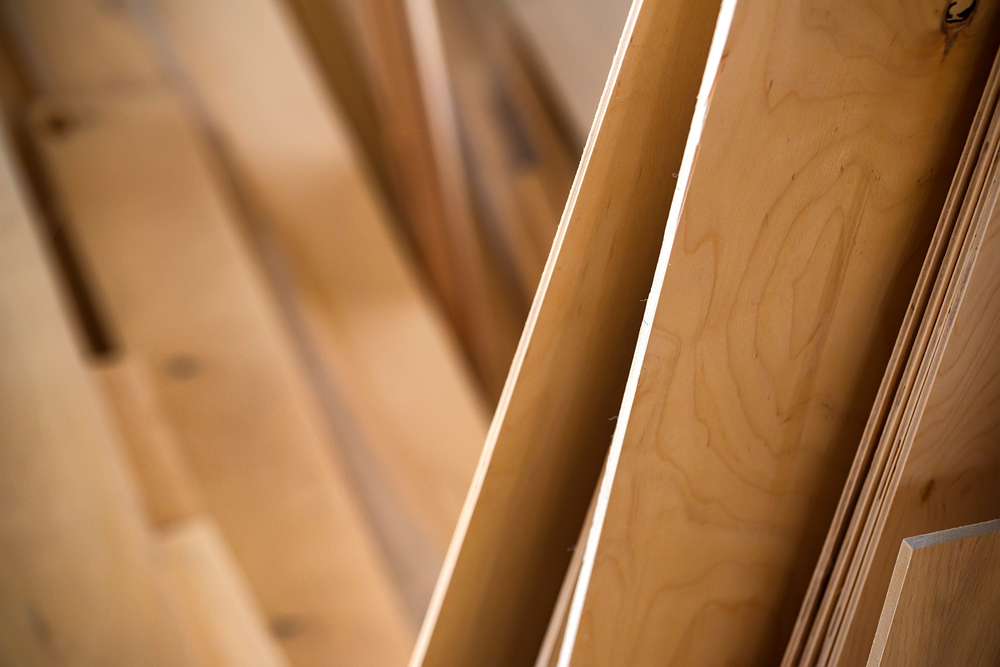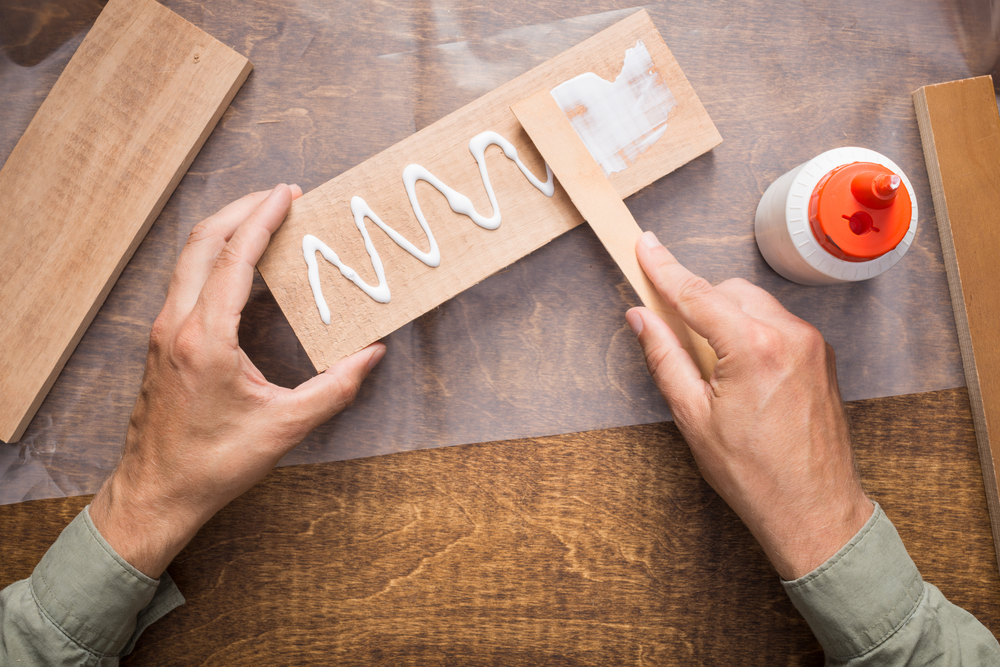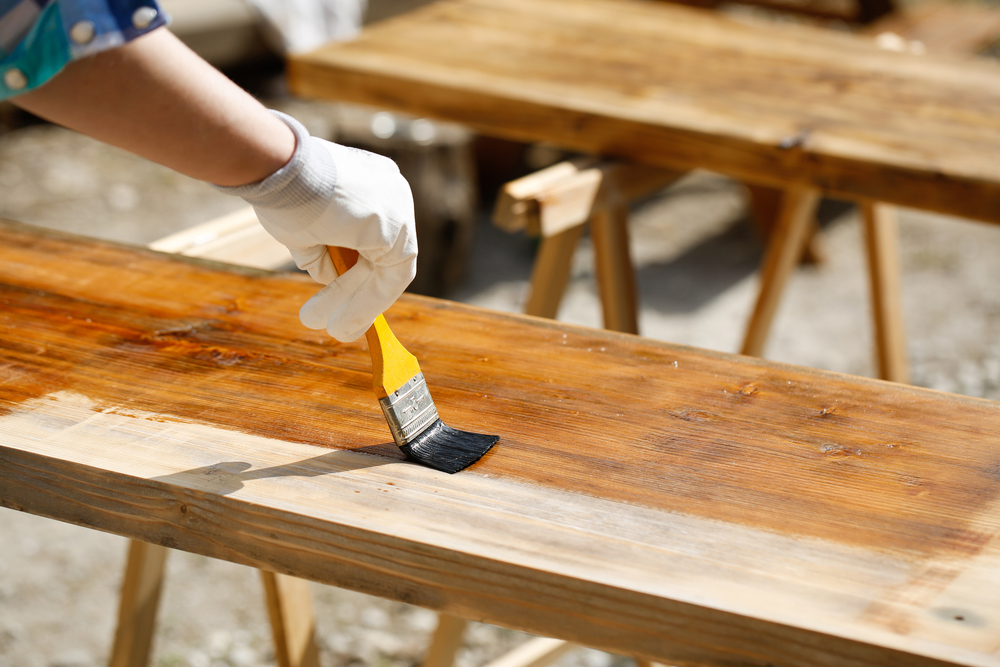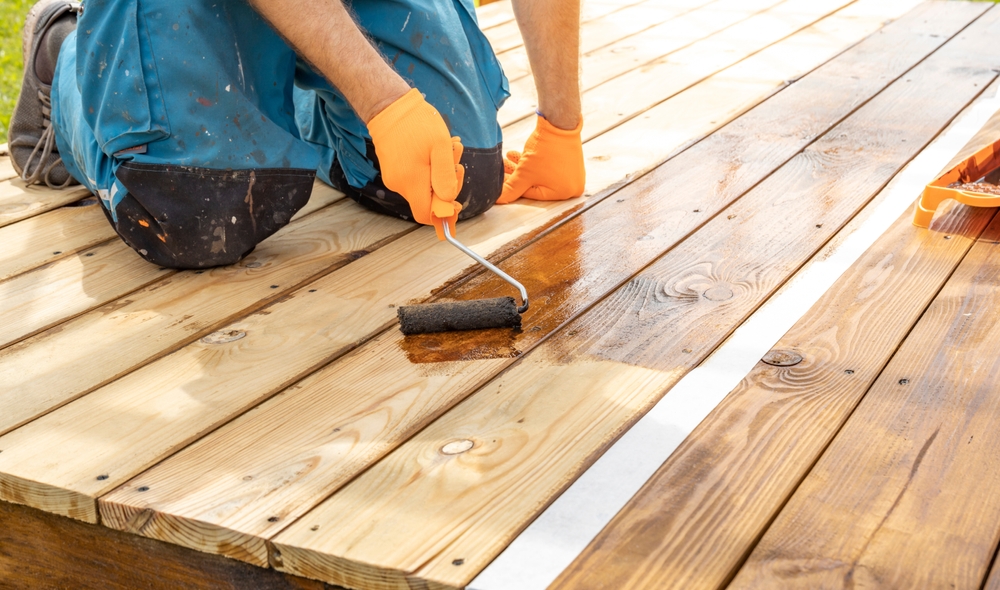Plaster Wall Repair: A Detailed Guide
Plaster walls, common in older homes, require special care and attention. Repairing them can seem daunting, but with the right knowledge, it becomes manageable. This guide will walk you through the essential steps.
Understanding Plaster Walls
Plaster is a material used for coating walls and ceilings. Traditionally, it consists of lime or gypsum, water, and sand. It is applied over lath, which can be made of wooden strips or metal mesh. As plaster ages, cracks and holes may develop, necessitating repairs.
Tools and Materials Needed
- Plaster patching compound
- Plaster repair adhesive
- Joint compound
- Patching plaster
- Sanding sponge or sandpaper
- Patching trowel
- Putty knife
- Dust mask and safety goggles
Preparing the Wall
Start by assessing the damage. Identify all cracks, holes, and loose plaster. Small cracks less than a quarter-inch wide are the easiest to fix. Assess if there’s any underlying cause, such as water damage, which needs repair first. Use a utility knife to remove any loose or damaged plaster around the affected area. Ensure that you wear a dust mask when sanding or scraping plaster.
Repairing Cracks
To fix small cracks, use a putty knife to widen them slightly. This assists the repair compound in adhering better. Clean the crack with a dry brush to remove dust. Mix your plaster patching compound following the package instructions. Apply a thin layer over the crack, pressing the compound into it. Smooth the surface with a trowel. Allow it to dry according to the manufacturer’s instructions. Sand the area gently once the drying is complete.
Fixing Holes
Fill holes with patching plaster. If the hole is large, consider using a plaster repair adhesive. For deep holes, fill it halfway first, allow it to dry, then fill the rest. This prevents sagging. Use a trowel or putty knife to smooth the surface. Sand it once dry.
Repairing Loose Plaster
Loose plaster can be more challenging. Drill small holes into the loose plaster section. Inject plaster repair adhesive through the holes to attach it back to the lath. Press the plaster firmly against the wall until it adheres. Once dry, fill the holes with patching plaster and sand smooth.
Finishing Touches
After repairs, your wall might require priming and painting to blend the old and new plaster seamlessly. Prime the repaired sections first, then apply your chosen paint. Use this opportunity to inspect other parts of your wall for potential repairs.
Preventive Maintenance
Regular maintenance can prolong the life of plaster walls. Avoid slamming doors that cause vibrations. Keep the environment dry to avoid moisture-related issues. Consider installing dampness detectors if moisture is a recurrent problem.
Understanding the composition and repair process of plaster walls ensures a durable home. With the correct tools and techniques, maintaining these elegant structures becomes much simpler.






